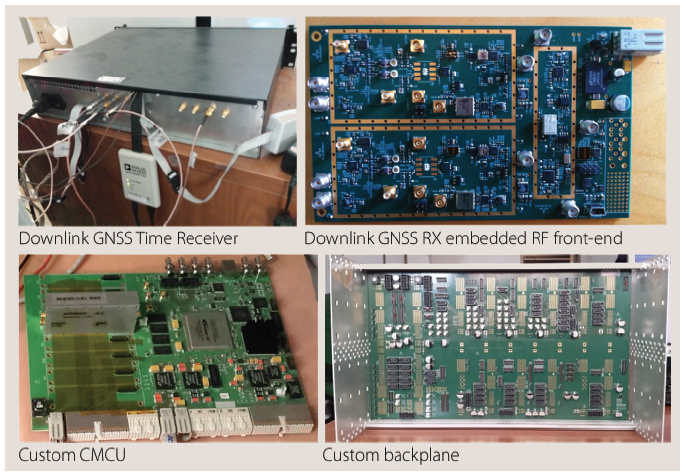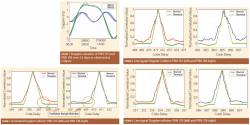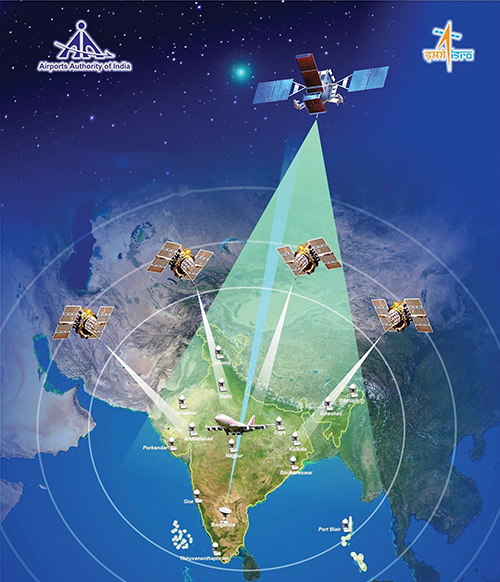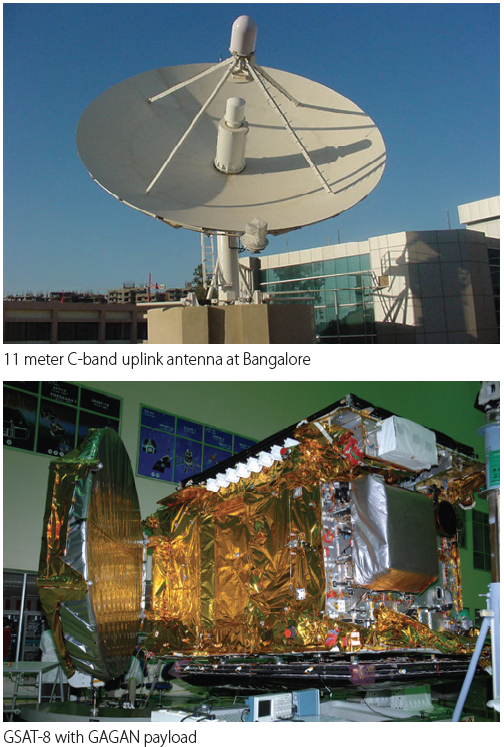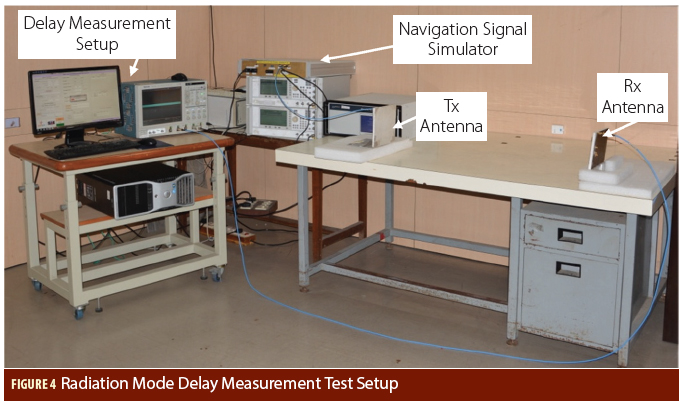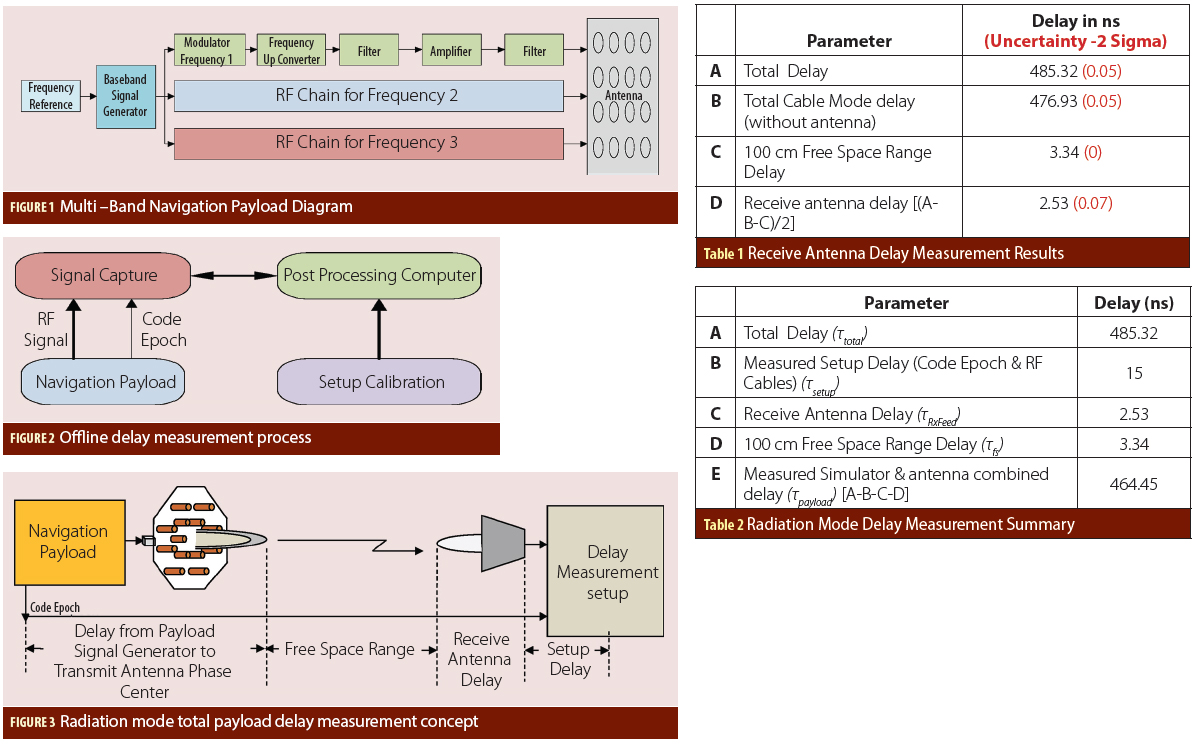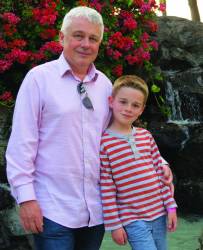How Privatizing Air Traffic Control Could Affect Satellite Navigation’s Role in Aviation
The satellite-based NextGen program is in trouble — no question about it.
The Federal Aviation Administration (FAA) air traffic modernization effort will likely cost triple its original $40-billion program budget and need an extra decade — until 2035 or beyond — to reach completion, according to 2014 testimony by Department of Transportation (DoT) Inspector General Calvin Scovel.
By Dee Ann Divis




